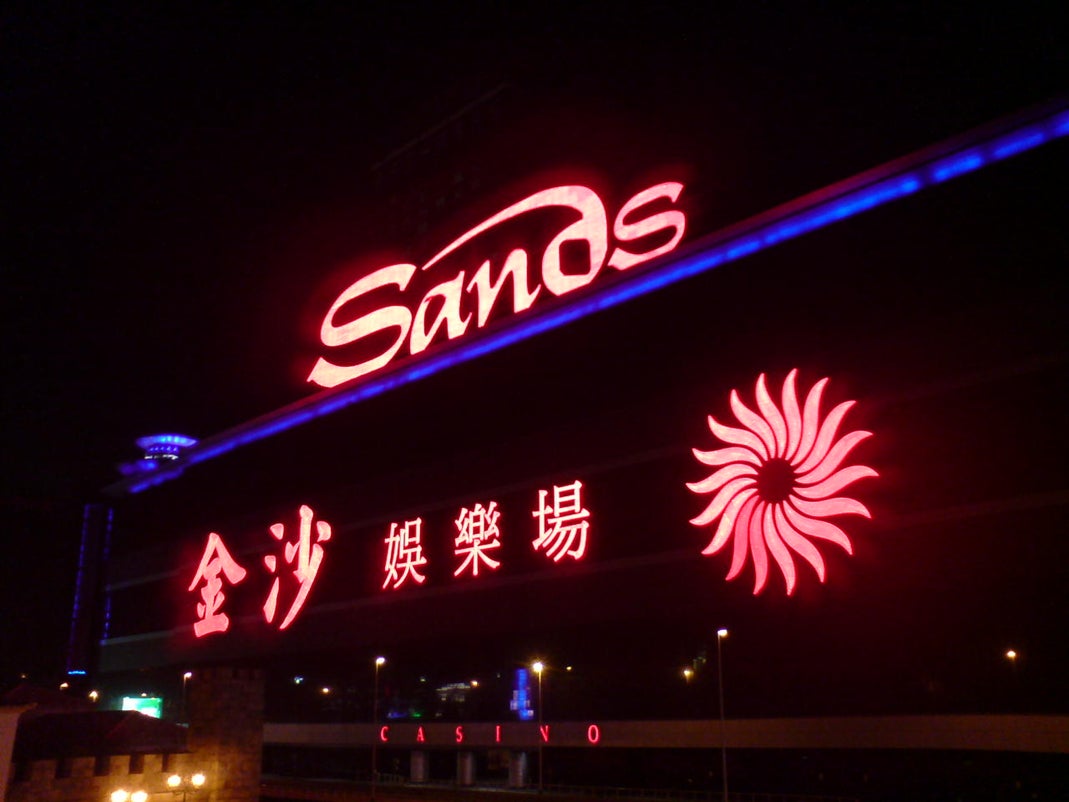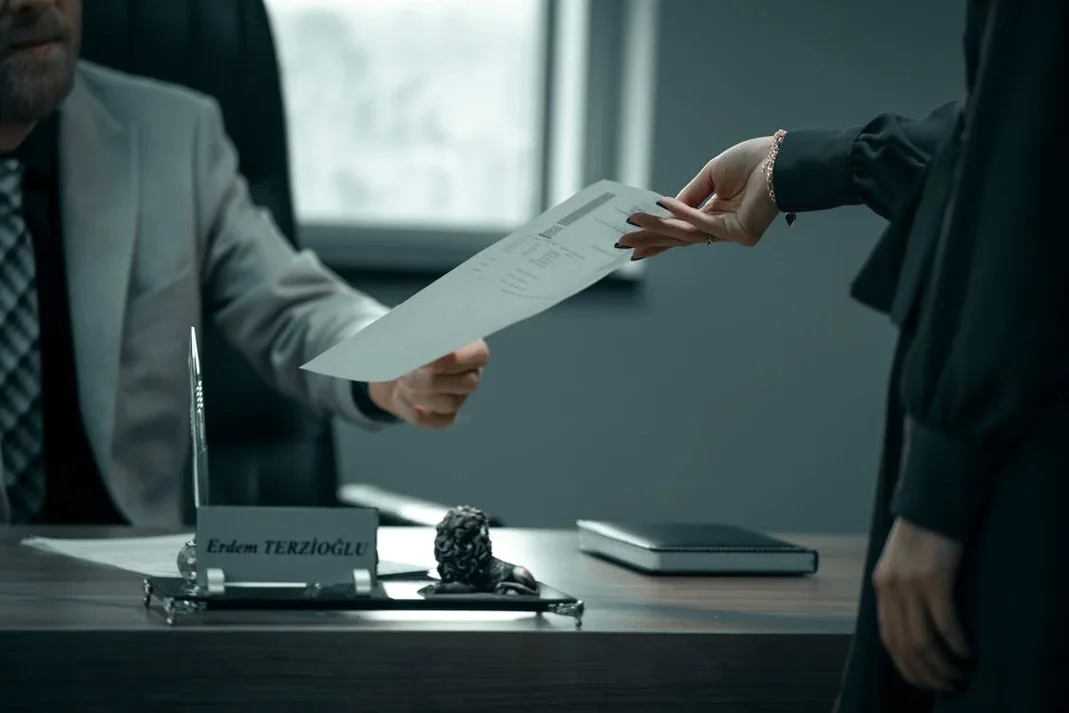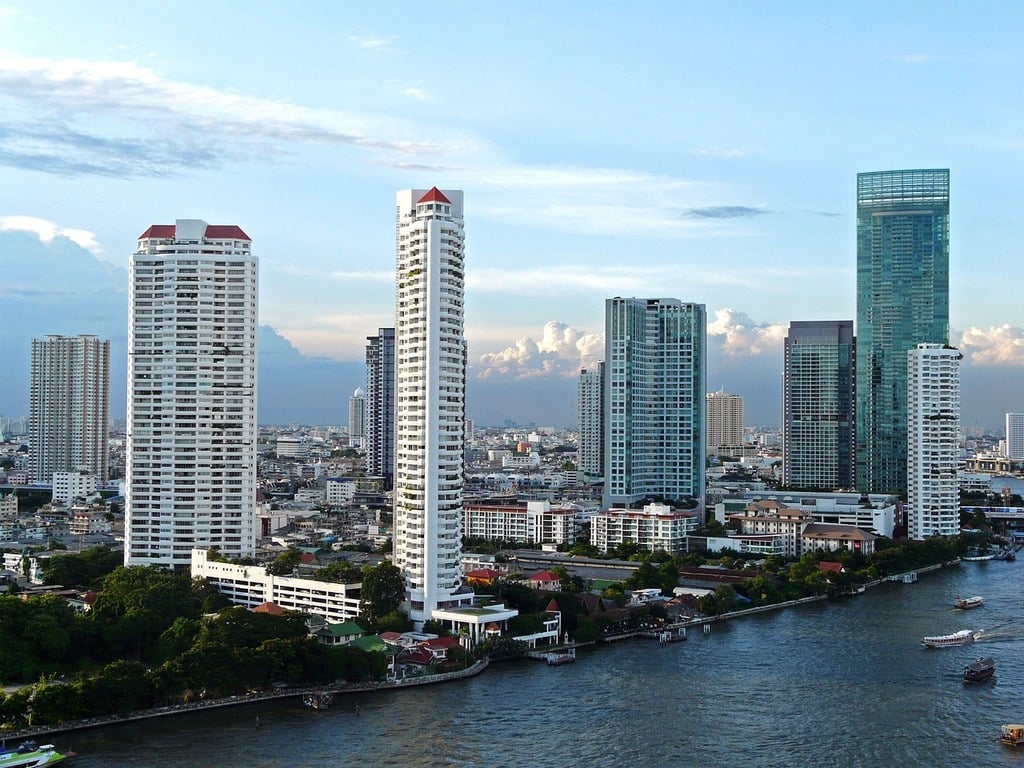A Dawn March to Parliament Amid Tight Security
Approximately 400 protestors convened outside Government House at 7.45 am on Thursday, spearheaded by SNT’s Pichit Chaimongkol, Thai Pakdee Party’s Warong Dechgitvigrom, and ex-red shirt leader Jatuporn Promphan. The coalition, uniting anti-Thaksin and conservative factions, assembled near Chamai Maruchet Bridge before marching toward Parliament with a sound truck leading the procession.
Dusit police deployed 54 riot officers with batons and shields to block Phitsanulok Road at 8 am, though the group diverted along Rama V Road. By 8.30 am, demonstrators reached Parliament’s side entrance via Ratchawithi and Samsen Roads, where leaders gave speeches condemning the bill. Placards reading “Protect Our Youth” and “Gambling Destroys Families” dominated the crowd, reflecting grassroots opposition to the Pheu Thai-backed legislation framed as economic and tourism reform.
Point of Controversy
Protest frontman Pichit Chaimongkol criticized the Thai government for allegedly sidelining widespread displeasure with the casino bill. He demanded House Speaker Wan Muhammad Noor Matha permanently exclude it from parliamentary agendas, asserting that no faith in the country (Christianity, Buddhism, and Islam) condones gambling empires.
Warong dismissed official claims of 80% public support among 80,000 surveyed by the PM Paetongtarn Shinawatra-led government as statistical manipulation. He revealed that surveys conducted by other groups contradicted these fundings and revealed his coalition’s counter-petition with 100,000 signatures opposing the bill.
Pro-Casino Coalition Touts Benefits
Proponents of Thailand’s controversial casino bill continue to defend its framework, highlighting stringent age restrictions, mandatory addiction counseling, and zoning laws confining casinos to less than 5% of the integrated resorts. Lawmakers argue regulated legalization would dismantle the nation’s $4.6 billion underground gambling sector while generating taxable revenue.
Tourism executives framed the proposal as a strategic diversification tool, with one official stating, “This isn’t just about gambling. We’re talking about world-class entertainment complexes that could redefine Thai tourism.” Critics, however, remain unconvinced of oversight efficiency.


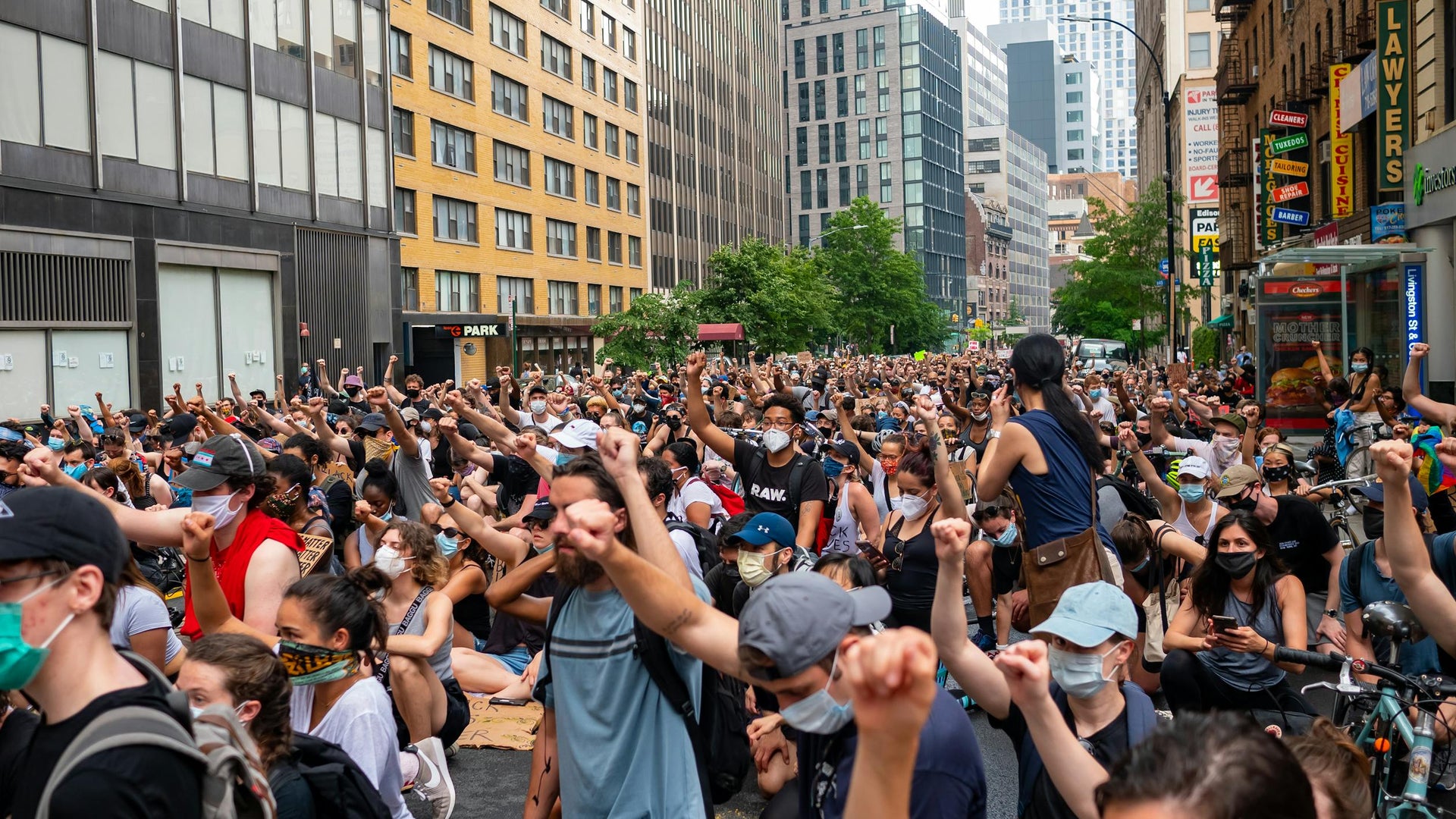

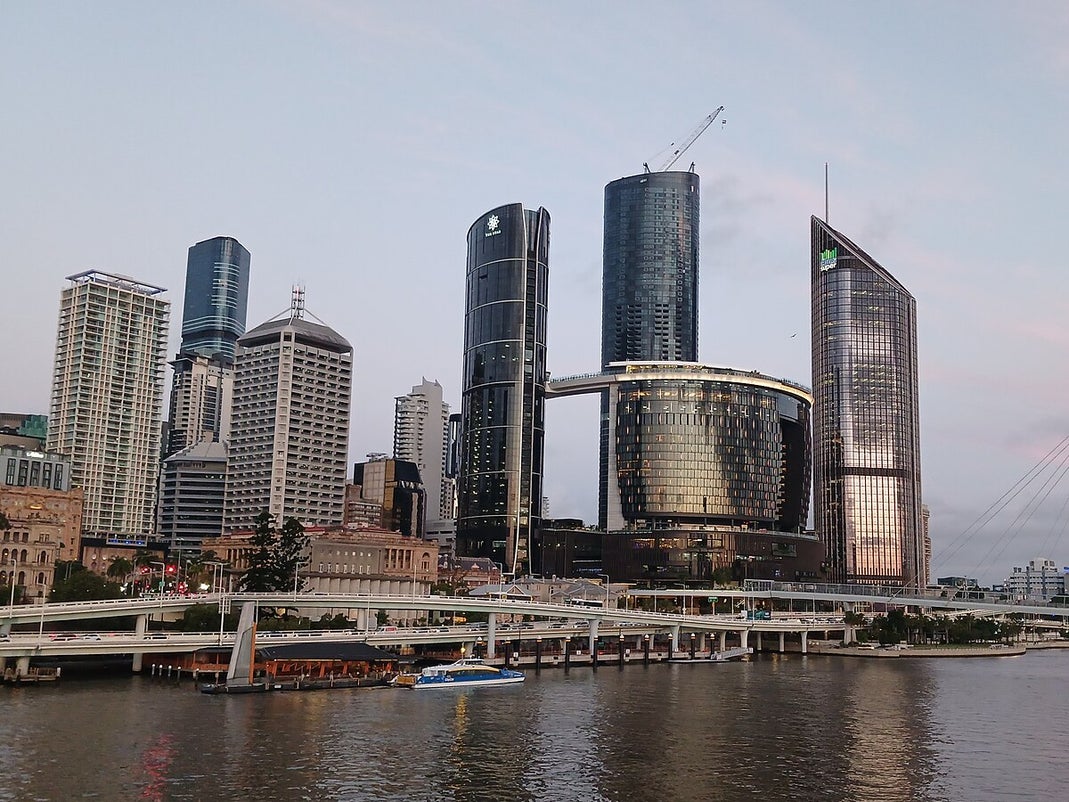


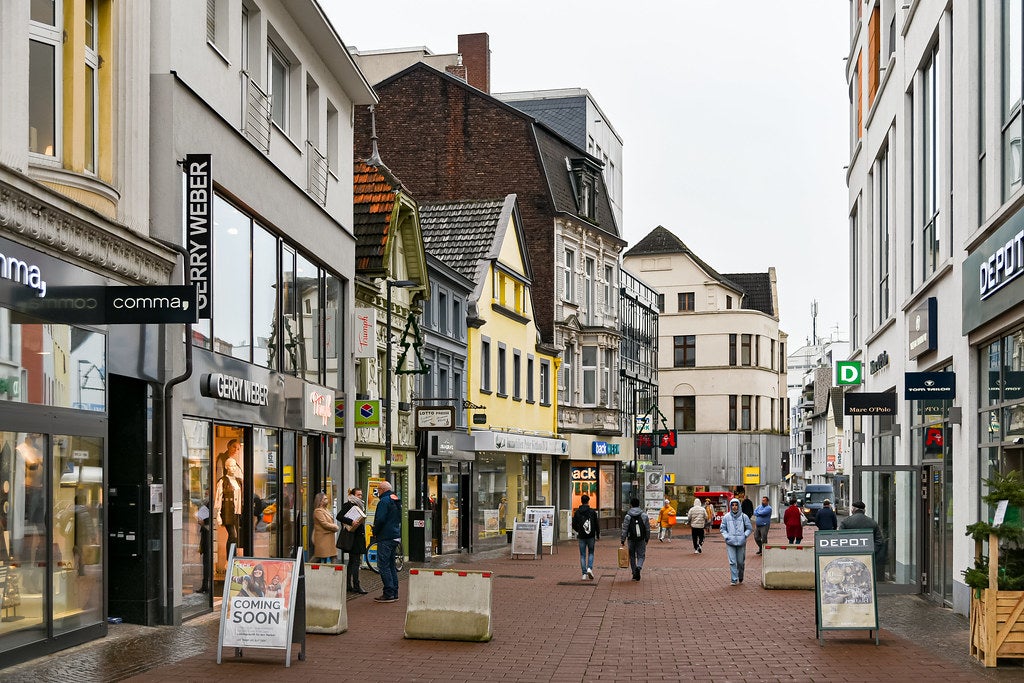
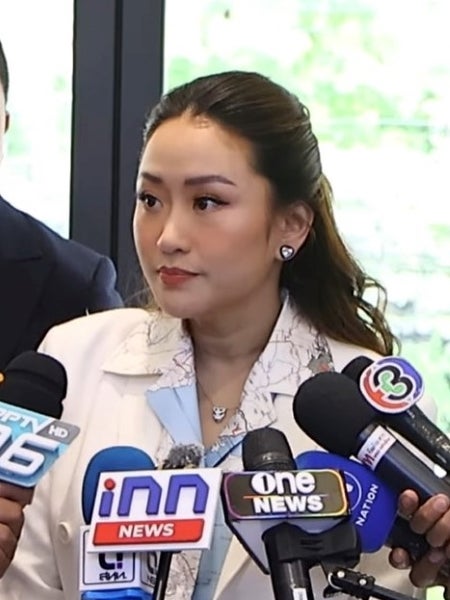
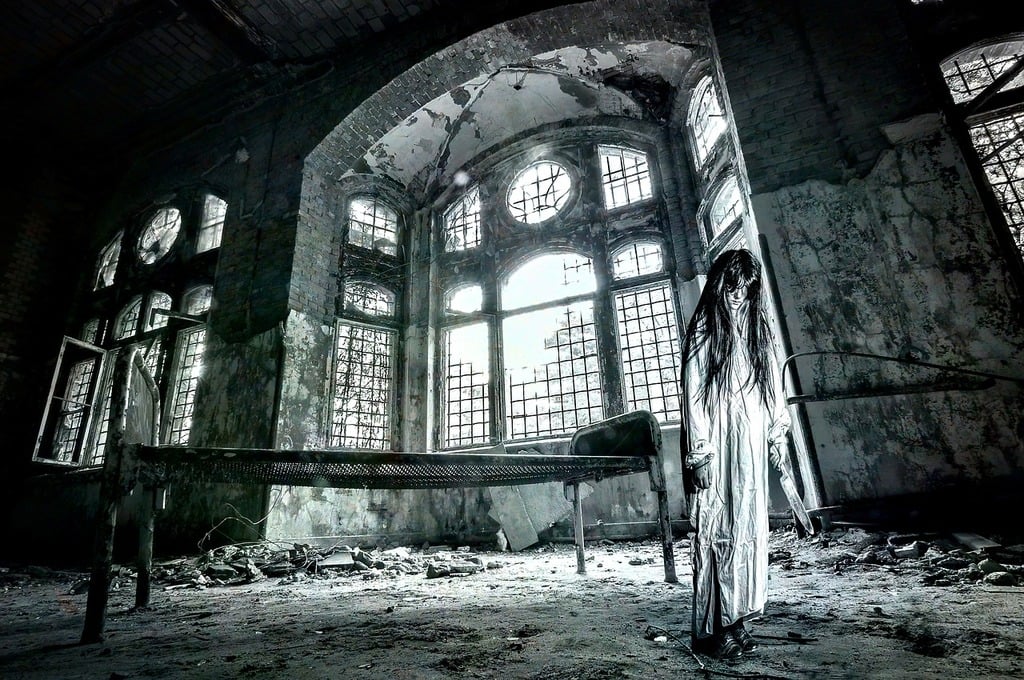
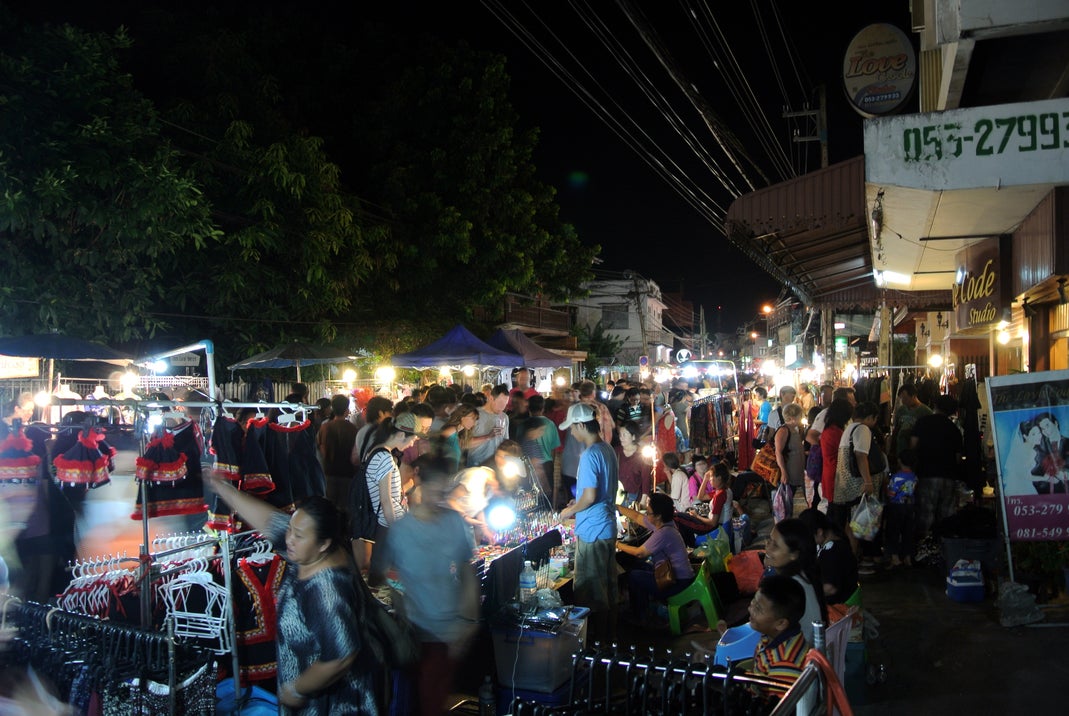
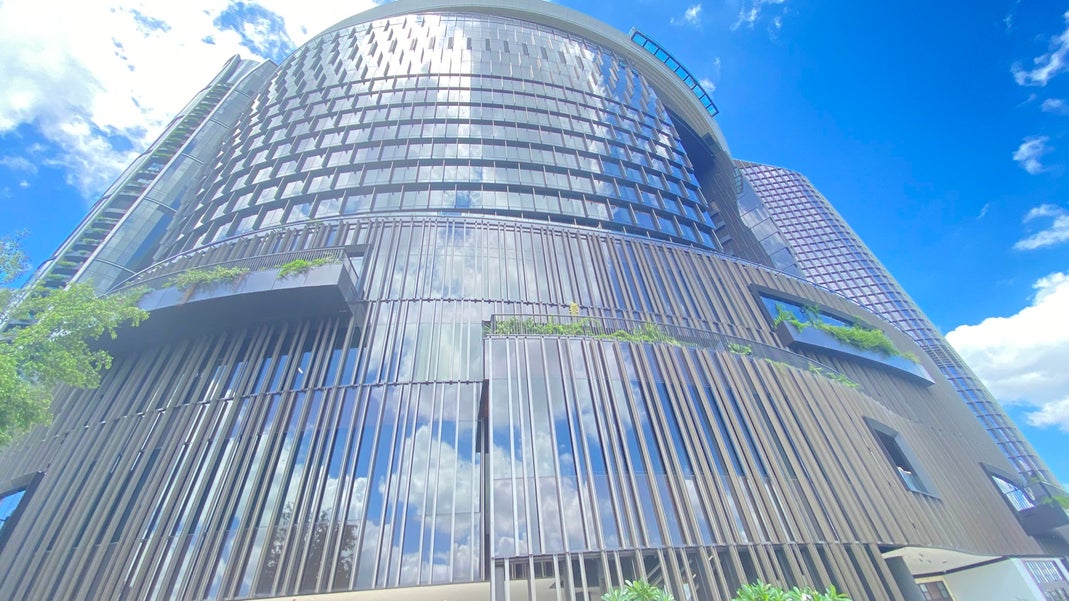

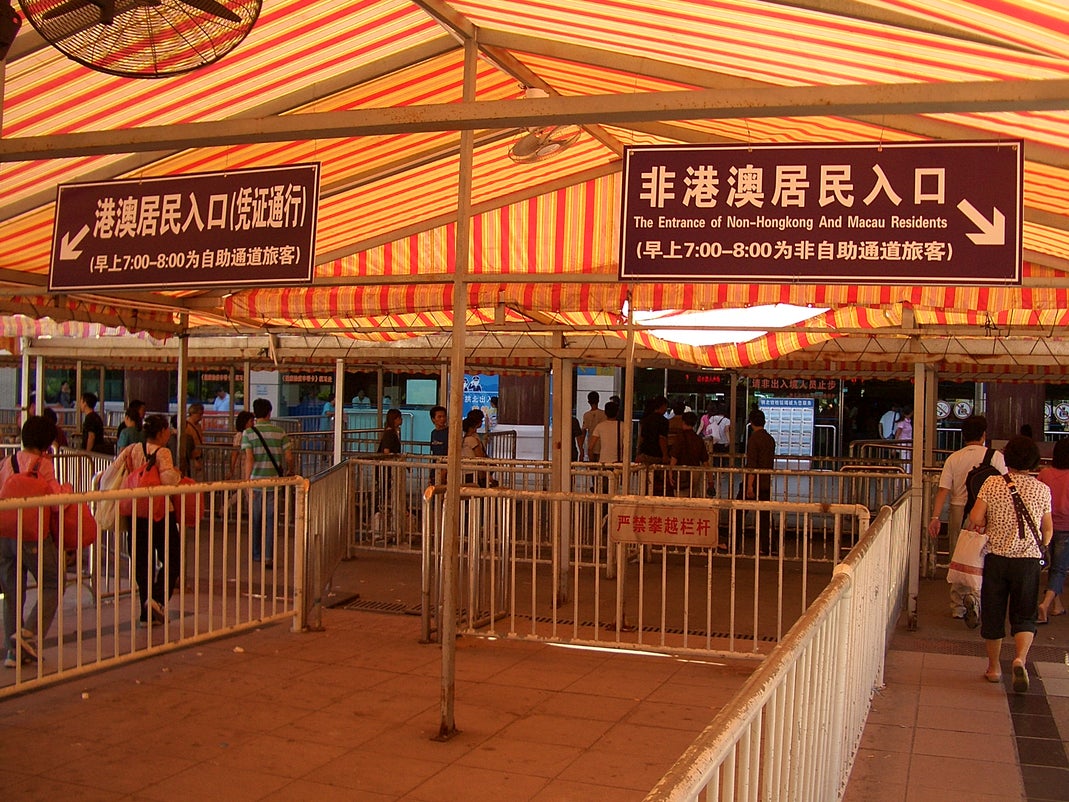



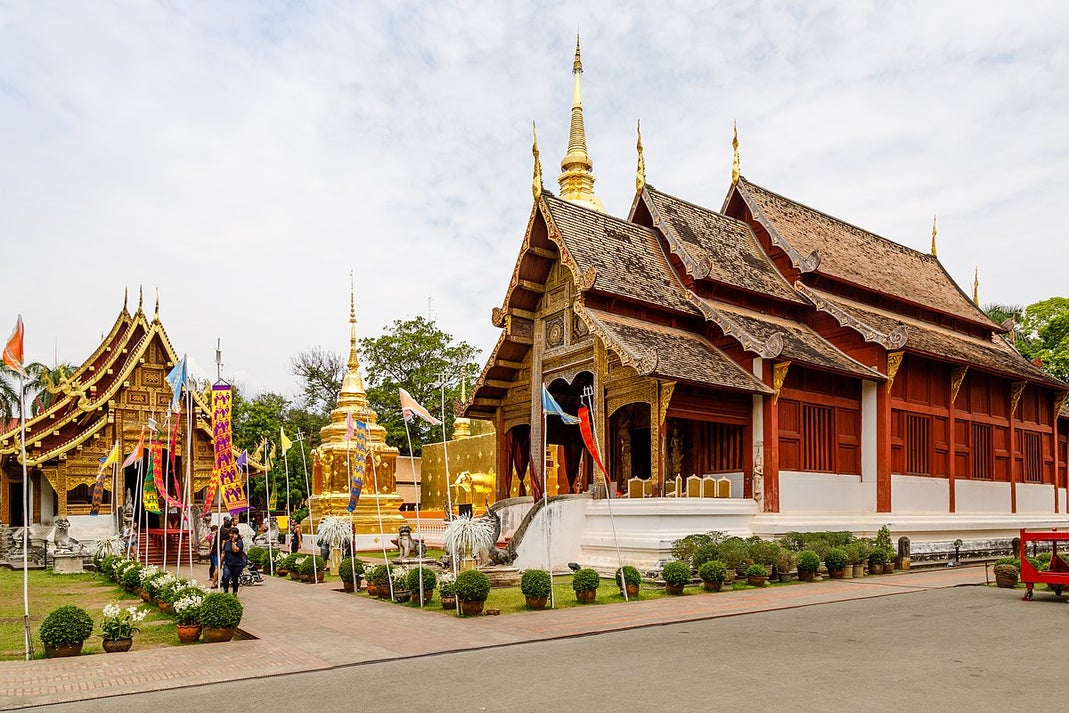

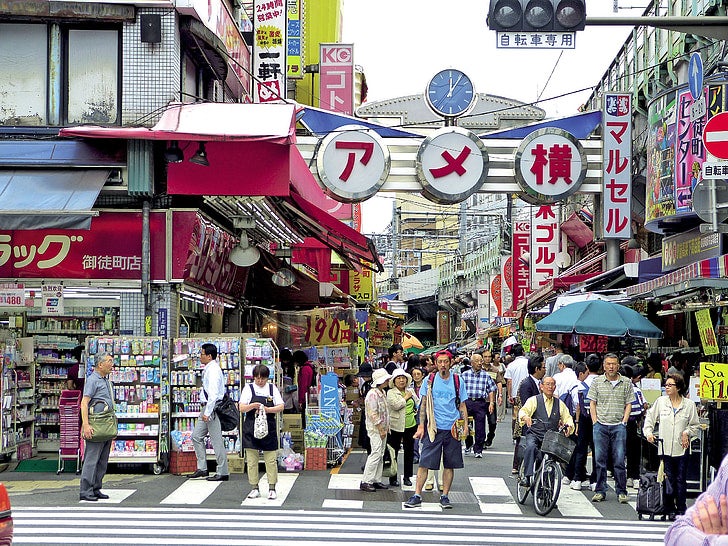
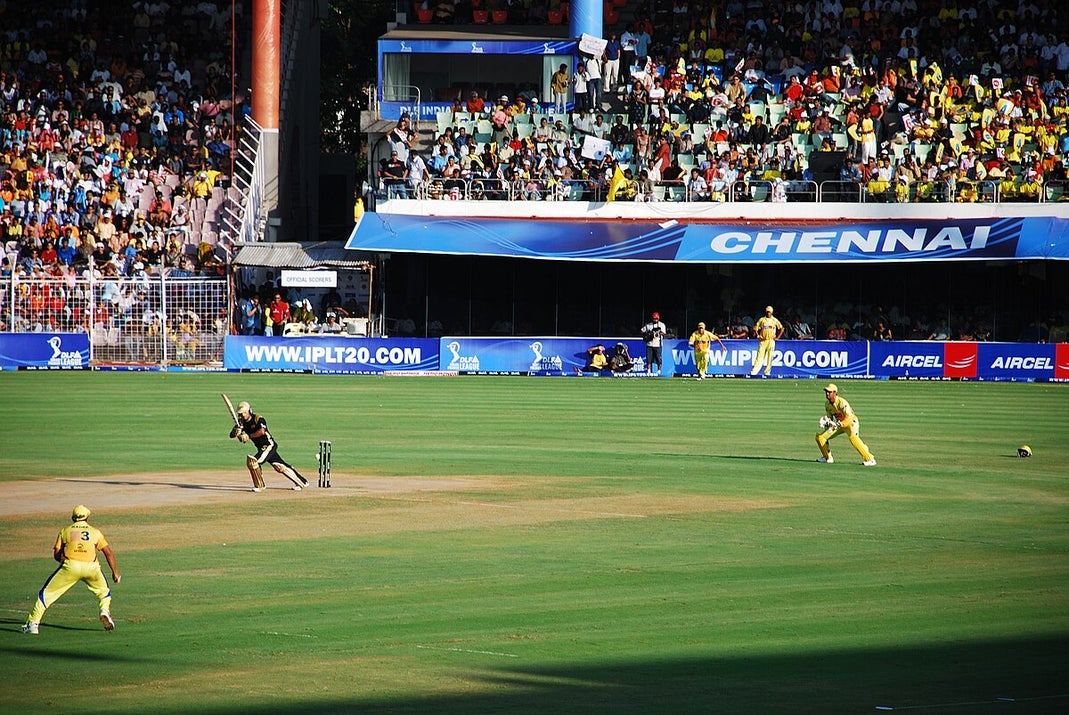
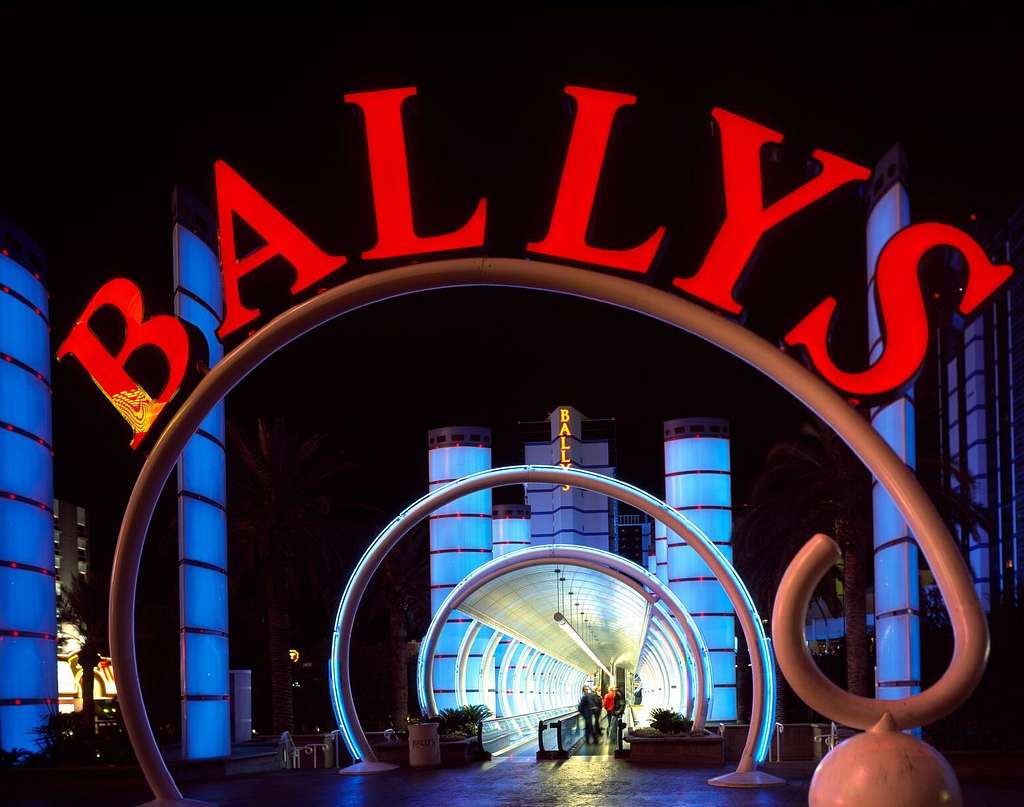
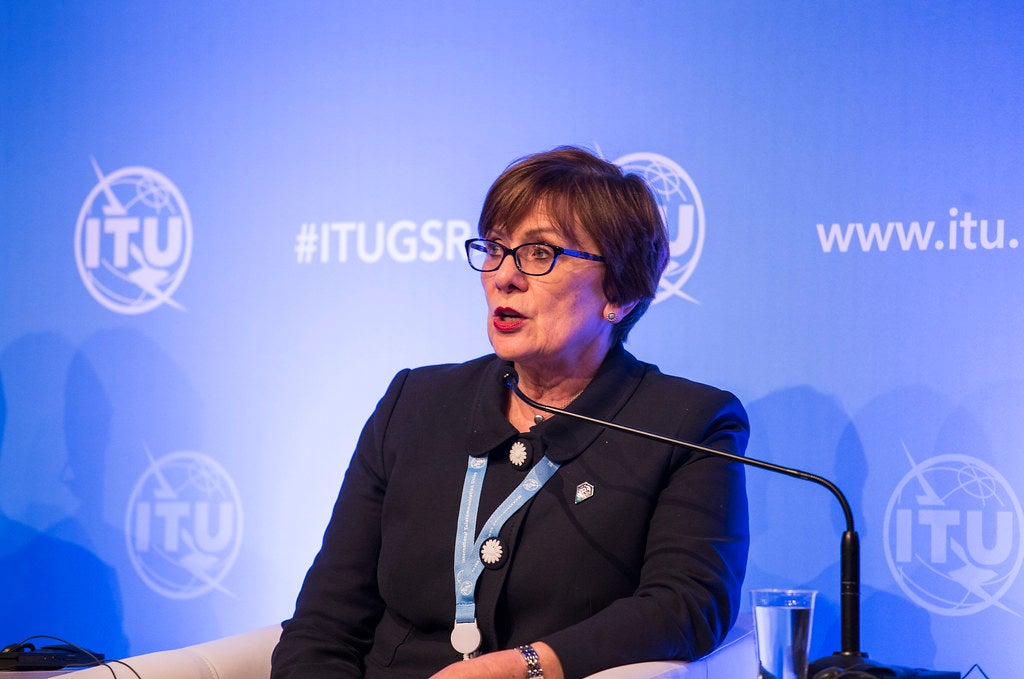
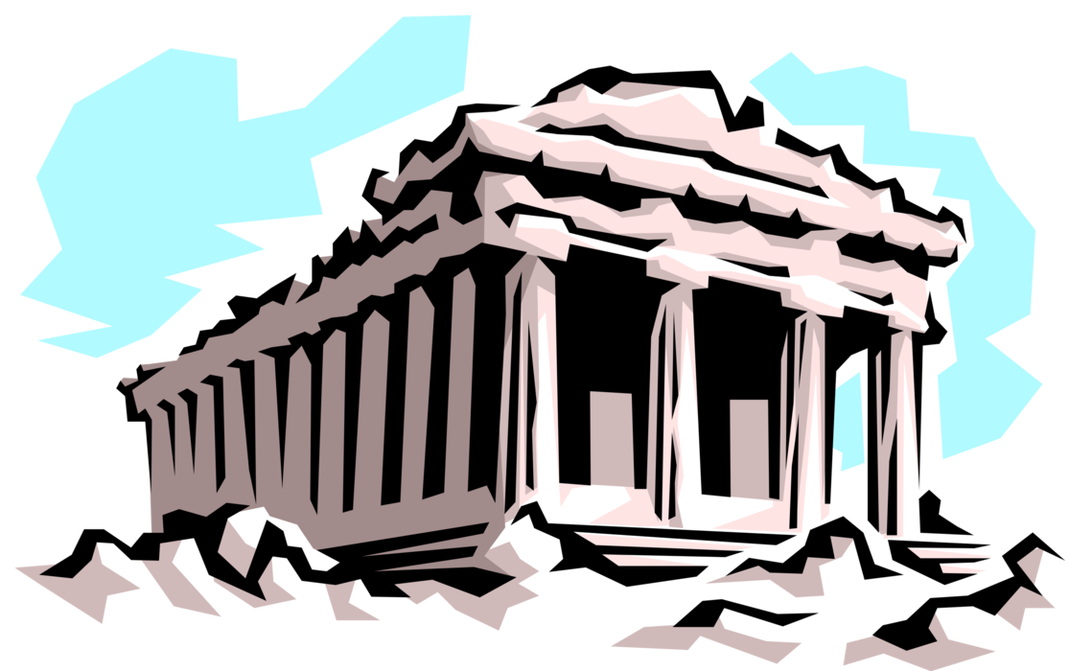
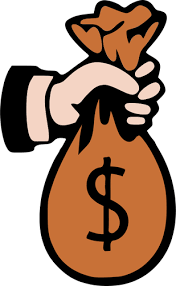

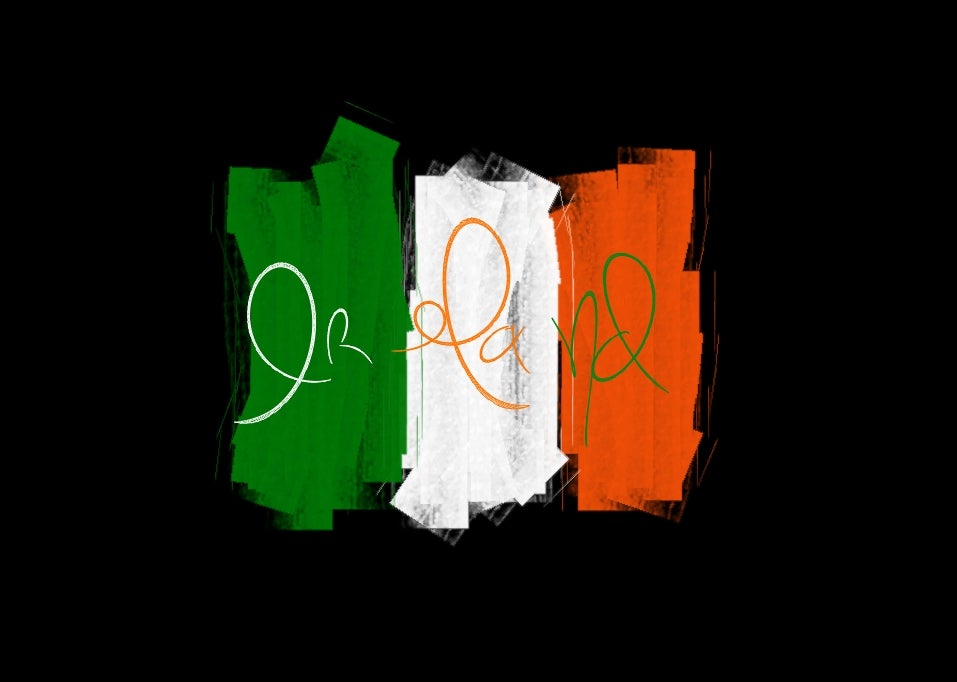
.jpg)
.jpg)
.jpeg)


